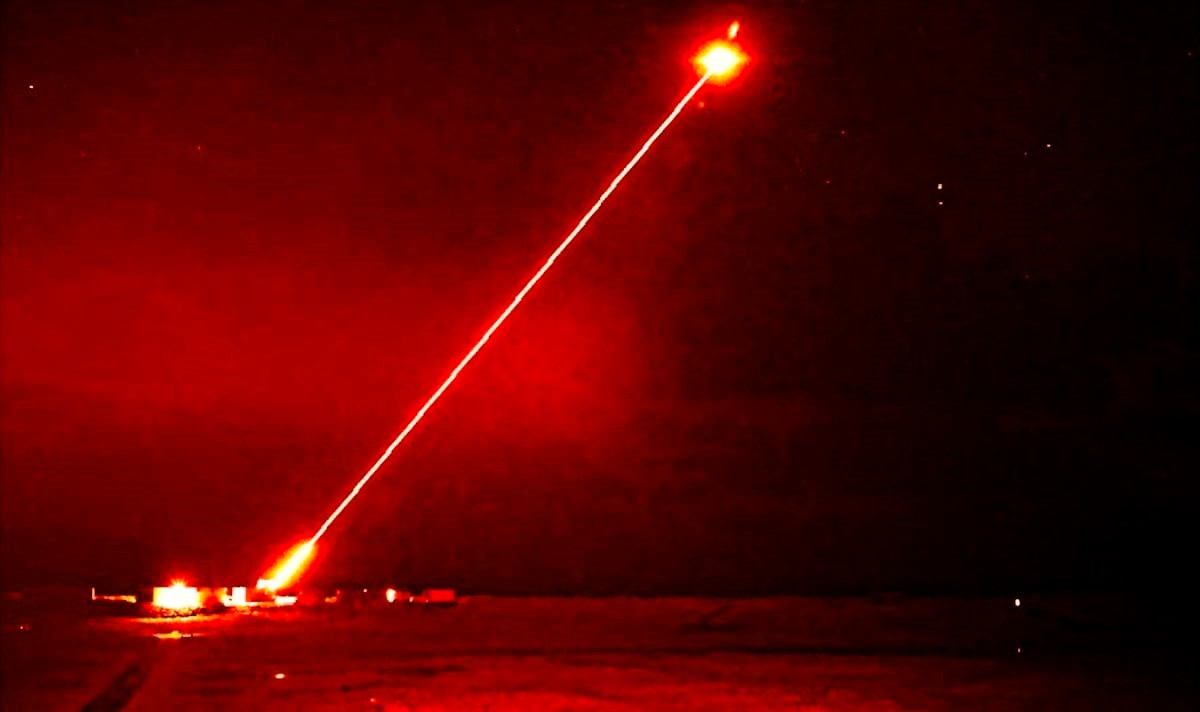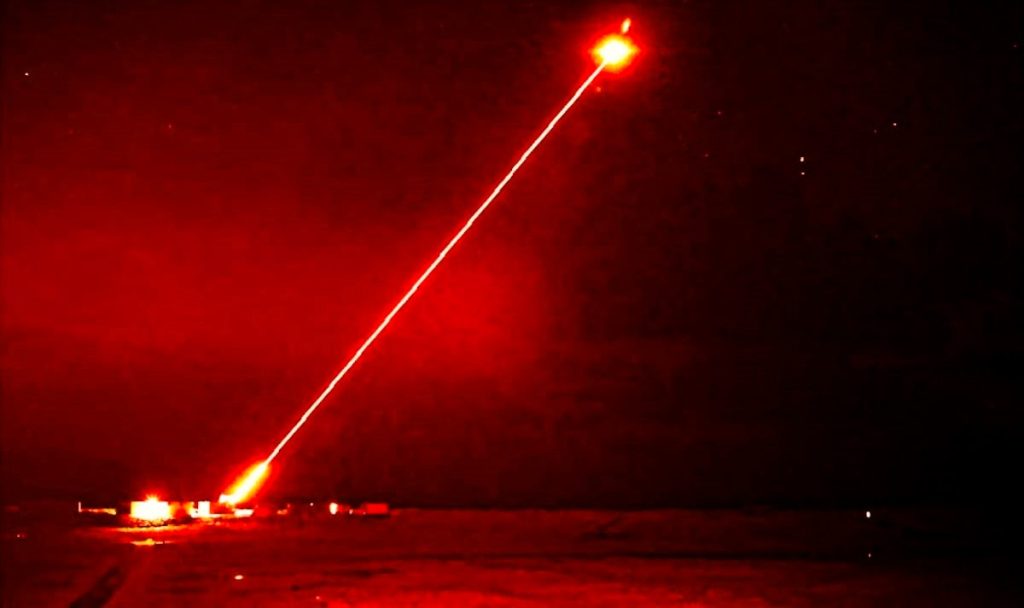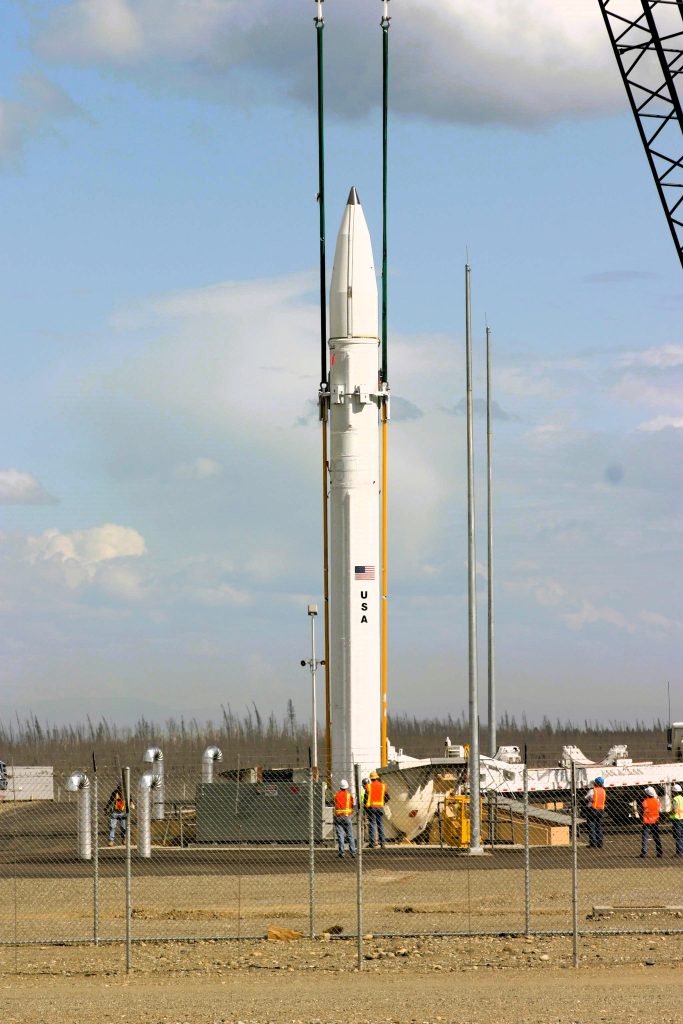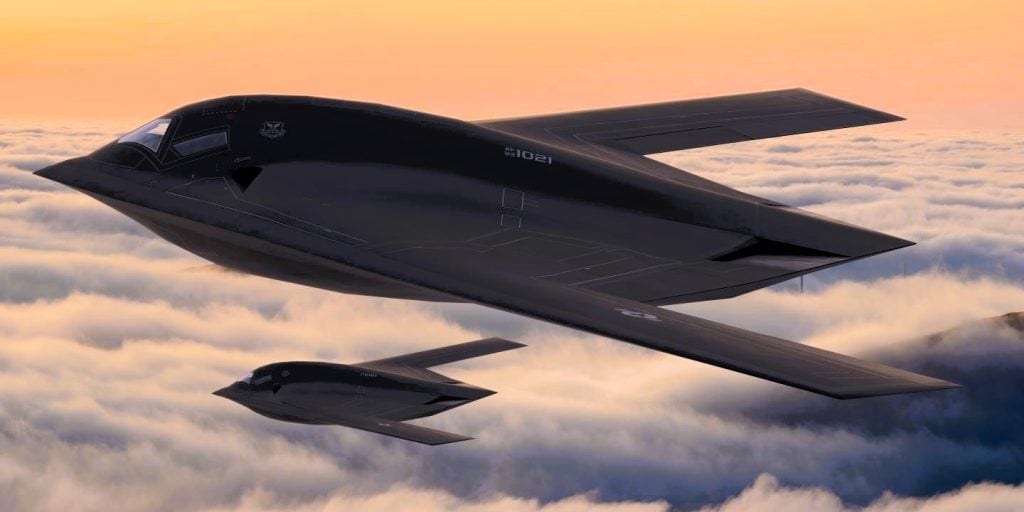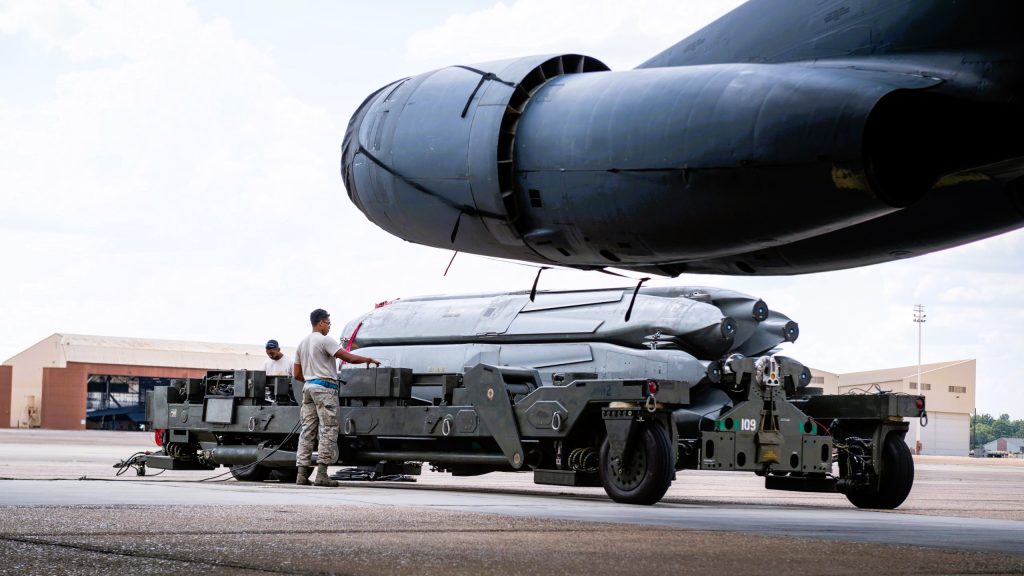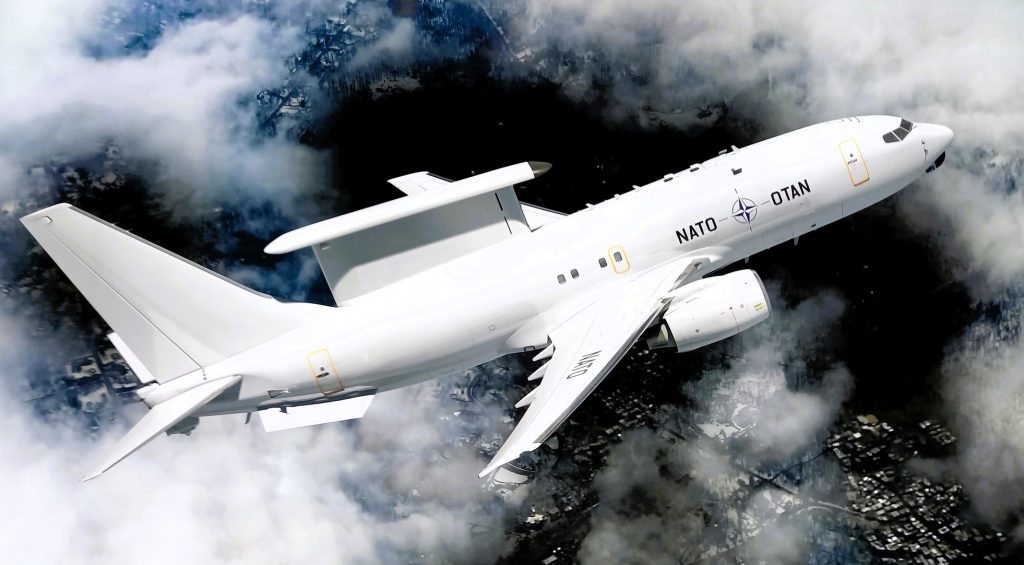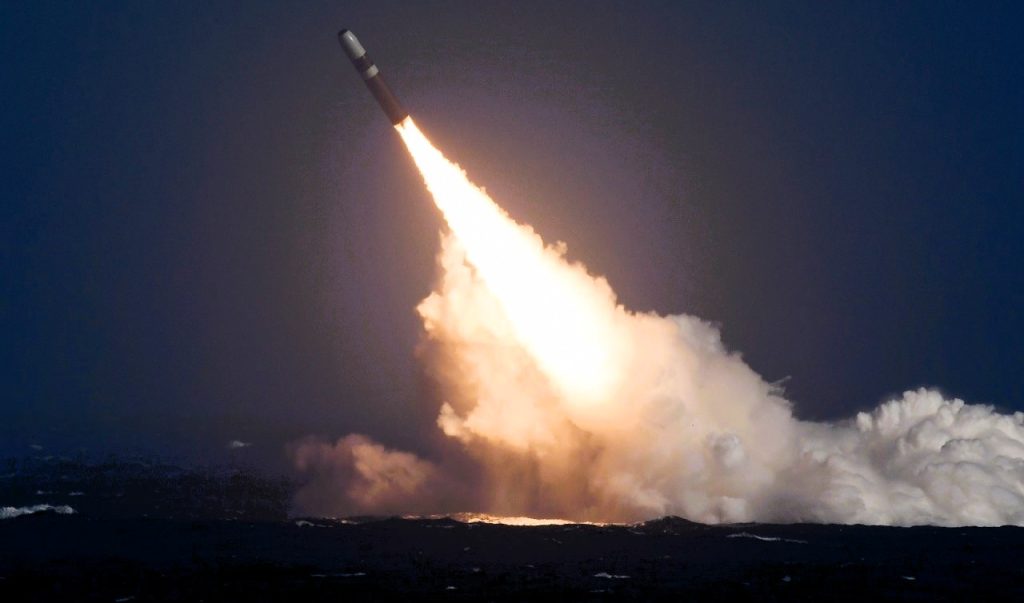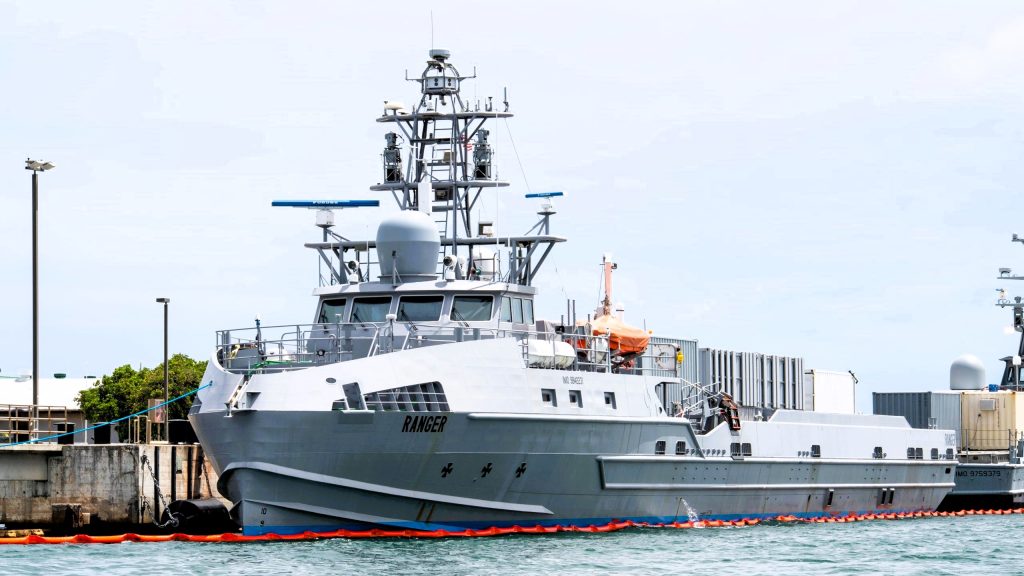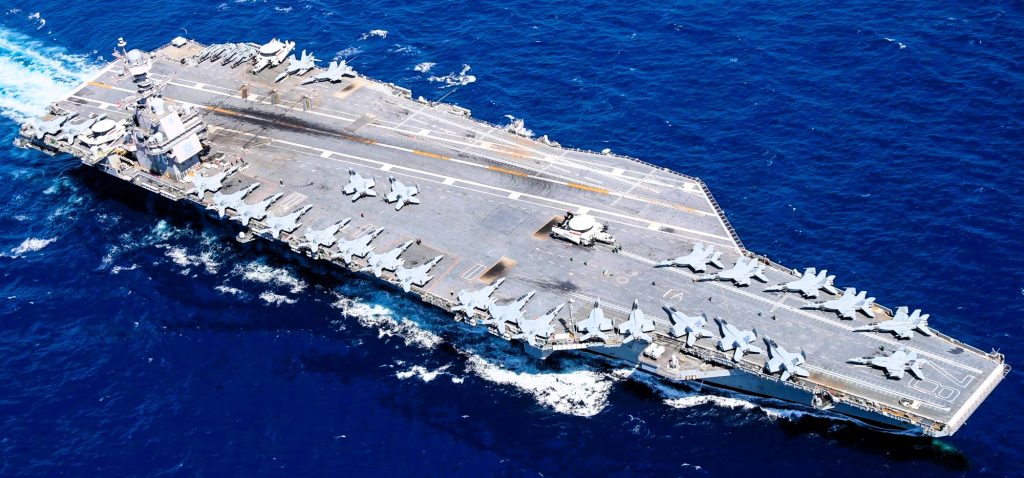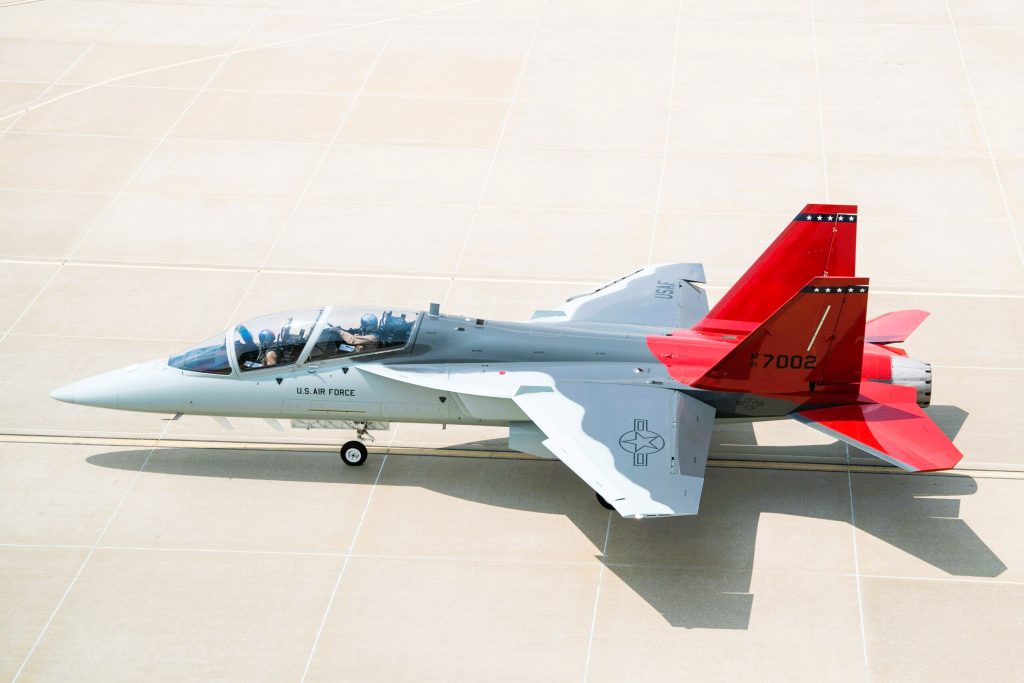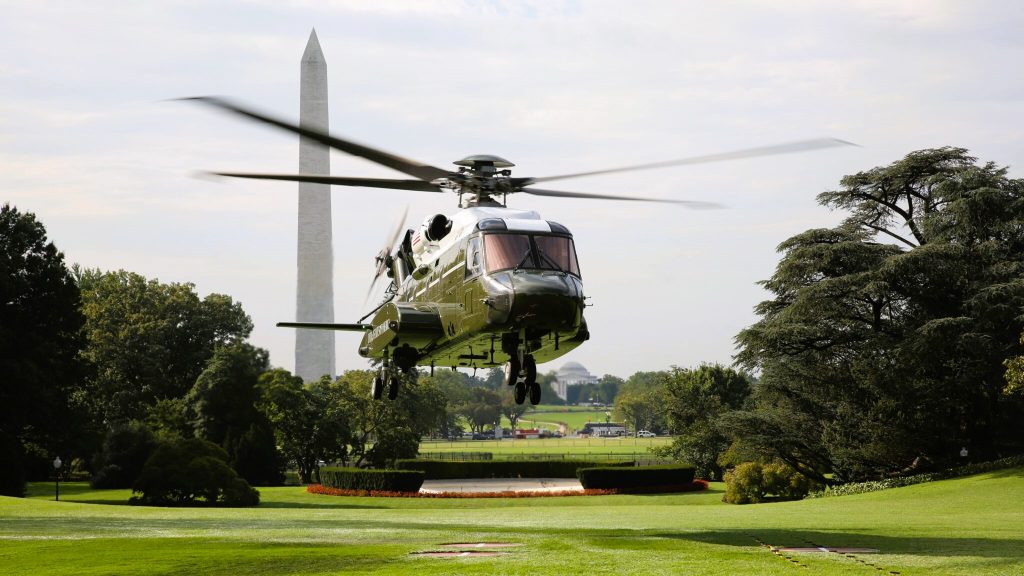The United States has long been renowned for its formidable military might, consistently investing staggering sums in the research, development, and procurement of cutting-edge defense technologies. In recent years, the nation’s defense budget has exceeded three-quarters of a trillion dollars annually, with the White House requesting a colossal $842 billion for the fiscal year 2024. This unwavering commitment to military superiority is evident in the array of futuristic weapon systems currently in the works, each representing a significant financial investment and a testament to the country’s strategic vision. This article delves into the 15 Most Expensive Future Weapons of the United States Military 2024.
1. OPIR Space-Based Missile Warning Systems: Safeguarding the Homeland
At the forefront of the United States’ defense priorities is the Overhead Persistent Infrared (OPIR) space-based missile warning system. Poised to replace the aging missile tracking infrastructure that has been in service since the mid-1990s, this next-generation system will provide the nation with an unparalleled capability to detect and track ballistic missile launches targeting the United States from any location on the planet. With a staggering $4.9 billion allocated for research, development, testing, and evaluation in the fiscal year 2024 alone, and a total program spending of $12.2 billion over the 2022-2024 period, the OPIR system underscores the government’s unwavering commitment to bolstering the country’s missile defense capabilities.
12 Most Powerful Weapons in the World 2024
2. Satellite Communications (SATCOM) Projects: Securing the Space Domain
Recognizing the growing importance of space-based defense, the United States is also investing heavily in its Satellite Communications (SATCOM) projects. These secretive initiatives, with a budget of $4.1 billion for R&D, testing, and evaluation in 2024 and a total program spending of $11 billion over the 2022-2024 period, aim to develop advanced anti-jam satellite systems capable of thwarting attempts to disrupt critical communications. Spearheaded by industry leaders like The Boeing Company, these SATCOM projects exemplify the nation’s determination to maintain a decisive edge in the increasingly contested space domain.
3. LGM-35A Sentinel: Modernizing the Nuclear Triad
As part of the United States’ nuclear triad, the LGM-35A Sentinel intercontinental ballistic missile (ICBM) is poised to replace the aging Minuteman III, which has been in service since the 1960s. With a staggering $3.7 billion allocated for R&D, testing, and evaluation in 2024, and a total program spending of $10.4 billion over the 2022-2024 period, the Sentinel ICBM will feature next-generation flight, command-and-control, and launch systems, ensuring the continued reliability and effectiveness of the nation’s land-based nuclear deterrent.
4. Ground-based Midcourse Defense (GMD): Shielding the Homeland
The United States’ commitment to homeland defense is further exemplified by the Ground-based Midcourse Defense (GMD) system, a complex and costly missile defense network that incorporates satellites, sea-based radar systems, and a command-and-control network to intercept long-range ballistic missile threats. With a budget of $3.1 billion for R&D, testing, and evaluation in 2024, and a total program spending of $7.3 billion over the 2022-2024 period, the GMD system is touted as the only missile defense system capable of defending the entire United States homeland, including Alaska and Hawaii, against such attacks.
5 Weapons Used By PARA-SF Commandos
5. Cyberspace Activities: The Digital Battlefront
As warfare becomes increasingly digitized and automated, the United States has made cybersecurity and cyberspace operations a top priority. The Department of Defense is investing $3 billion in R&D, testing, and evaluation for these capabilities in 2024, with a total program spending of $10.7 billion over the 2022-2024 period. This investment aims to bolster the Cyber Mission Force, the action arm of the U.S. Cyber Command, and develop advanced cyber attack and defense capabilities to counter adversaries’ growing digital threats.
6. B-21 Raider: The Stealthy Successor
Replacing the aging B-1 and B-2 Stealth bombers, the B-21 Raider is a next-generation strategic bomber that will form the backbone of the United States’ future air power. With a budget of $3 billion for R&D, testing, and evaluation in 2024, and a total program spending of $13 billion over the 2022-2024 period, the B-21 Raider boasts a boomerang-shaped “flying wing” design that increases its range and stealth capabilities, allowing it to deliver both conventional and nuclear payloads with unparalleled precision.
7. Optionally Manned Fighting Vehicle (OMFV): Enhancing Ground Warfare
The United States Army is investing in the Optionally Manned Fighting Vehicle (OMFV), a replacement for the venerable M2A4 Bradley Fighting Vehicle. With a budget of $996.7 million for R&D, testing, and evaluation in 2024, and a total program spending of $1.7 billion over the 2022-2024 period, the OMFV will provide increased warfighting capability, including the ability to destroy targets at longer ranges and incorporate semi-autonomous maneuvering systems.
8. Long Range Stand-Off Weapon (LRSO): Modernizing the Nuclear Deterrent
As part of the United States’ nuclear triad, the Long Range Stand-Off Weapon (LRSO) is a nuclear-armed air-launched cruise missile that will replace the aging AGM-86B Air Launched Cruise Missile. With a budget of $911.4 million for R&D, testing, and evaluation in 2024, and a total program spending of $2.5 billion over the 2022-2024 period, the LRSO will provide the Air Force with a more advanced and capable nuclear deterrent, capable of penetrating even the most sophisticated air defense systems.
9. E-7A Airborne Warning and Control System Replacement: Enhancing Aerial Dominance
The United States Air Force is investing in the E-7A Airborne Warning and Control System (AWACS) replacement, a program that will see the aging E-3 Sentry AWACS aircraft retired in favor of a more advanced, 737-700-based platform. With a budget of $681 million for R&D, testing, and evaluation in 2024, and a total program spending of $1.1 billion over the 2022-2024 period, the E-7A AWACS replacement will provide the Air Force with enhanced capabilities in detecting and tracking targets, as well as improved command and control operations.
10. VC-25B Presidential Aircraft Recapitalization: Safeguarding Executive Transport
The United States is also investing in the recapitalization of its presidential aircraft, with the VC-25B program. Modeled on the Boeing 747-8, the new presidential aircraft will feature advanced mission communications systems, military avionics, self-defense capabilities, and executive-level amenities. With a budget of $490.7 million for R&D, testing, and evaluation in 2024, and a total program spending of $1 billion over the 2022-2024 period, the VC-25B will ensure that the nation’s top leaders are transported with the utmost security and capabilities.
11. Trident II Ballistic Missile Modifications: Strengthening the Nuclear Deterrent
The United States Navy is also investing in the modification and upgrade of its Trident II submarine-launched ballistic missiles, a critical component of the nation’s nuclear triad. With a budget of $321.6 million for R&D, testing, and evaluation in 2024, and a total program spending of $5.2 billion over the 2022-2024 period, these modifications will ensure the continued reliability and effectiveness of the Trident II missiles, which have been in service since 1990.
12. Medium and Large Unmanned Surface Vessels: Expanding Maritime Capabilities
The United States Navy is also investing in the development of Medium and Large Unmanned Surface Vessels (USVs), which are considered lower-cost alternatives to traditional crewed warships. With a budget of $237.9 million for R&D, testing, and evaluation in 2024, and a total program spending of $756.6 million over the 2022-2024 period, these USVs are designed to launch missiles against sea and land targets, as well as perform other specialized tasks such as planting anti-submarine mines.
13. CVN 78 Gerald R. Ford Class Nuclear Aircraft Carrier: Modernizing Naval Power
The United States Navy is also investing in the next-generation Gerald R. Ford-class nuclear aircraft carriers, which will eventually replace the existing Nimitz-class vessels. With a budget of $118.2 million for R&D, testing, and evaluation in 2024, and a total program spending of $9.3 billion over the 2022-2024 period, these carriers are designed to be more efficient, with improved warfighting capability, quality-of-life improvements for sailors, and reduced total ownership costs.
14. T-7A Advanced Pilot Training: Preparing the Next Generation of Aviators
The United States Air Force is investing in the T-7A Red Hawk, an advanced trainer jet that will eventually replace the aging T-38 Talon fleet. With a budget of $77.3 million for R&D, testing, and evaluation in 2024, and a total program spending of $303.7 million over the 2022-2024 period, the T-7A will play a crucial role in training the next generation of pilots, ensuring the Air Force’s continued aerial dominance.
Indian Army’s new hand-to-hand deadly weapons [India-China clash]
15. VH-92A Presidential Helicopter: Transporting the Nation’s Leaders
The United States is also investing in a new presidential helicopter, the VH-92A Patriot, which will replace the aging VH-3D and VH-60 helicopters currently used by the Marine Corps. With a budget of $35.4 million for R&D, testing, and evaluation in 2024, and a total program spending of $277.5 million over the 2022-2024 period, the VH-92A will provide the country’s executive leaders with a state-of-the-art transportation platform, complete with advanced security and communication capabilities.
Conclusion
The United States’ unwavering commitment to maintaining military superiority is evident in the impressive array of futuristic weapon systems currently in development. From the advanced OPIR space-based missile warning system to the cutting-edge B-21 Raider bomber and the next-generation Sentinel ICBM, the nation is investing billions of dollars to ensure its armed forces remain at the forefront of technology and strategic capabilities. As the world becomes increasingly complex and volatile, the United States’ investment in these transformative weapon systems underscores its determination to safeguard its interests, protect its citizens, and project its power on the global stage.
FAQs
Q1. What is the most expensive future weapon system being developed by the United States military?
The most expensive future weapon system being developed by the United States military is the Overhead Persistent Infrared (OPIR) space-based missile warning system, with a budget of $4.9 billion for research, development, testing, and evaluation in the fiscal year 2024 and a total program spending of $12.2 billion over the 2022-2024 period.
Q2. How does the United States’ investment in future weapon systems compare to its overall defense budget?
The United States’ investment in future weapon systems is a significant portion of its overall defense budget. For example, the 15 weapon systems highlighted in this article account for a total program spending of $25.7 billion over the 2022-2024 period, which is a substantial amount considering the overall defense budget request of $842 billion for the fiscal year 2024 alone.
Q3. What are the primary contractors involved in the development of these future weapon systems?
The primary contractors involved in the development of these future weapon systems include:
Raytheon (OPIR, GMD, Cyberspace Activities, LRSO)
Boeing (E-7A AWACS, VC-25B, T-7A)
Lockheed Martin (Trident II, CVN 78, B-21)
Northrop Grumman (LGM-35A Sentinel)
Oshkosh Defense and AM General (B-21)
The Boeing Company (SATCOM)
